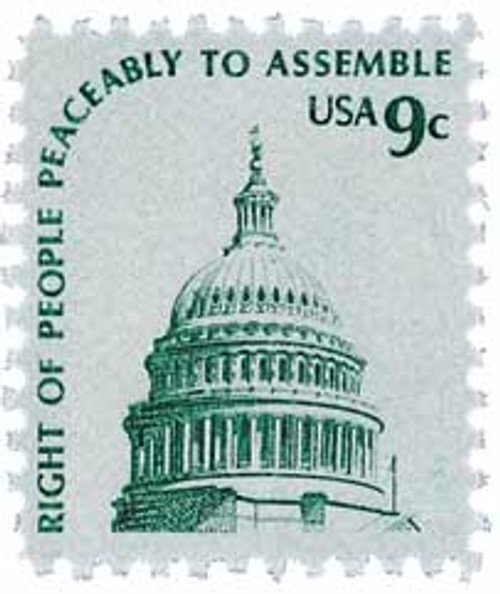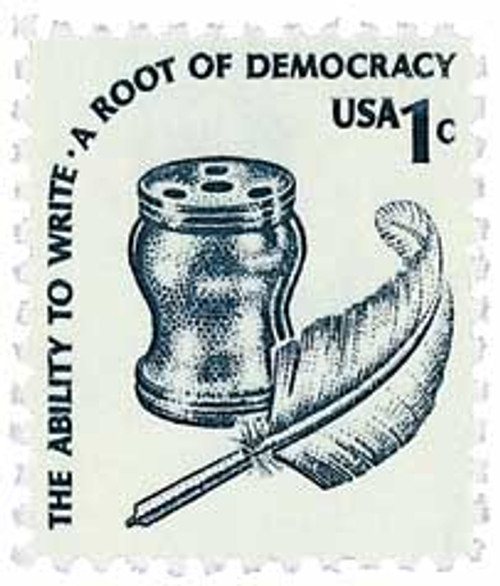
1978 $2 Americana Series: Kerosene Lamp
# 1611 - 1978 $2 Americana Series: Kerosene Lamp
MSRP:
Was:
Now:
$0.70 - $745.00
(You save
)
Write a Review

Write a Review

1611 - 1978 $2 Americana Series: Kerosene Lamp
| Image | Condition | Price | Qty | |
|---|---|---|---|---|

|
Fleetwood First Day Cover
ⓘ
Ships in 1-3 business days.
Ships in 1-3 business days.
Free with 1,000 Points
$ 7.00
|
$ 7.00 |
|
0
|

|
Colorano Silk First Day Cover
ⓘ
Ships in 1-3 business days.
Ships in 1-3 business days.
$ 6.50
|
$ 6.50 |
|
1
|

|
Classic First Day Cover
ⓘ
Ships in 1-3 business days.
Ships in 1-3 business days.
Free with 640 Points
$ 4.50
|
$ 4.50 |
|
2
|
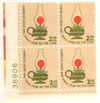
|
Mint Plate Block
ⓘ
Ships in 1-3 business days.
Ships in 1-3 business days.
$ 37.50
|
$ 37.50 |
|
3
|
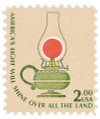
|
Mint Stamp(s)
ⓘ
Ships in 1-3 business days.
Ships in 1-3 business days.
$ 7.95
|
$ 7.95 |
|
4
|

|
Mint Sheet(s)
ⓘ
Ships in 1-3 business days.
Ships in 1-3 business days.
$ 745.00
|
$ 745.00 |
|
5
|
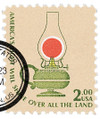
|
Used Single Stamp(s)
ⓘ
Ships in 1-3 business days.
Ships in 1-3 business days.
Free with 95 Points
$ 0.90
|
$ 0.90 |
|
6
|

|
Used Plate Block
ⓘ
Ships in 1-3 business days.
Ships in 1-3 business days.
$ 4.25
|
$ 4.25 |
|
7
|

|
Used Stamp(s)
small flaws
ⓘ
Ships in 1-3 business days.
Ships in 1-3 business days.
Free with 150 Points
$ 0.70
|
$ 0.70 |
|
8
|
Mounts - Click Here
| Mount | Price | Qty |
|---|
U.S. #1611
1978 $2 Kerosene Lamp
Americana Series
Americana Series
Issue Date: November 16, 1978
City: New York, NY
Printed By: Bureau of Engraving and Printing
Printing Method: Lithographed and engraved
Perforation: 11
Perforation: 11
Color: Tan, dark green, orange and yellow
One of four stamps depicting light sources from throughout our countrys history issued to serve as a reminder that America is a shining beacon of liberty. Fueled by a love for freedom, truth, and reason, we continue to instill in future generations a desire to establish that which is true and just, not only in our country, but in other nations as well.
Manufactured shortly after the Civil War, the kerosene table lamp was used until the early 1900s.

U.S. #1611
1978 $2 Kerosene Lamp
Americana Series
Americana Series
Issue Date: November 16, 1978
City: New York, NY
Printed By: Bureau of Engraving and Printing
Printing Method: Lithographed and engraved
Perforation: 11
Perforation: 11
Color: Tan, dark green, orange and yellow
One of four stamps depicting light sources from throughout our countrys history issued to serve as a reminder that America is a shining beacon of liberty. Fueled by a love for freedom, truth, and reason, we continue to instill in future generations a desire to establish that which is true and just, not only in our country, but in other nations as well.
Manufactured shortly after the Civil War, the kerosene table lamp was used until the early 1900s.
!








